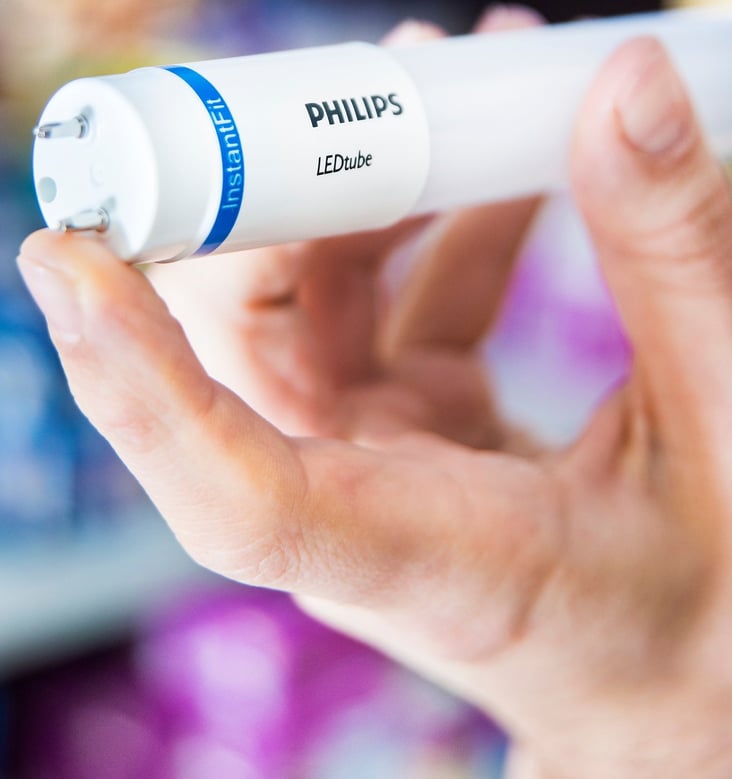This post is one in a series featuring the complete slate of advanced energy technologies outlined in the report This Is Advanced Energy.

Lighting accounts for 20% of energy use in commercial buildings and 10% of energy use in residential buildings. Installing efficient lighting is one of the lowest cost, fastest payoff energy efficiency improvements available today. Advanced lighting technology includes light-emitting diodes (LEDs), energy-saving incandescent bulbs, and compact fluorescent lamps (CFLs). LEDs, especially, are transforming lighting markets today — once limited to niche applications, they can now be used in virtually any lighting application. LED lighting is five to six times more efficient than incandescent bulbs and up to 1.5 times more efficient than CFLs. LEDs are typically dimmable and especially well suited for use with intelligent lighting controls, which use sensors to collect environmental information (such as occupancy or ambient light) and automatically adjust light levels, cutting lighting energy use by 80% to 90%. The market for high-efficiency bulbs is well developed, with demand for conventional incandescent lights dropping by half from 2007 to 2012 as efficient bulbs have come to dominate the market.
LEDs are rapidly becoming the technology of choice for street lighting due to their efficiency and extremely long life. In Los Angeles, the installation of 140,000 LED streetlights reduced lighting electricity costs by more than 60%, resulting in over $5 million in annual savings. Smart street lighting can be managed remotely, and during emergencies or weather events burned out lamps can be easily detected and lights can be automatically adjusted or set to flash.
Efficient lighting for the residential sector is also growing rapidly, and remote control of connected lights is on the cusp of becoming commonplace. Total revenue from residential energy efficient lighting was estimated at $9.7 billion in 2014. While LEDs are still more expensive than traditional lighting or CFLs, prices are falling rapidly, driving growth in the residential market. A McKinsey & Company study estimates that payback time for LED lighting will be around two years for the commercial and residential sectors by 2016.
Depending on the bulbs they are replacing, high-efficiency bulbs reduce lighting electricity use by 25% to 80%, resulting in significant cost savings. Replacing a traditional 60-watt incandescent bulb with an equivalent 10-watt LED light by General Electric or Philips Lighting will deliver estimated electricity savings of $150 dollars, not including savings from avoided replacements over the bulb’s 22-year rated life. Efficient lighting also lowers space-cooling costs because it produces less heat for a given light output. If every home in the United States replaced just one incandescent light bulb with a CFL or LED, it would save enough energy to light 2 million homes for a year, which translates to $460 million in energy savings.
Learn more about other efficient building practices, as well as the whole suite of advanced energy technologies, in This Is Advanced Energy, available free at the link below.
